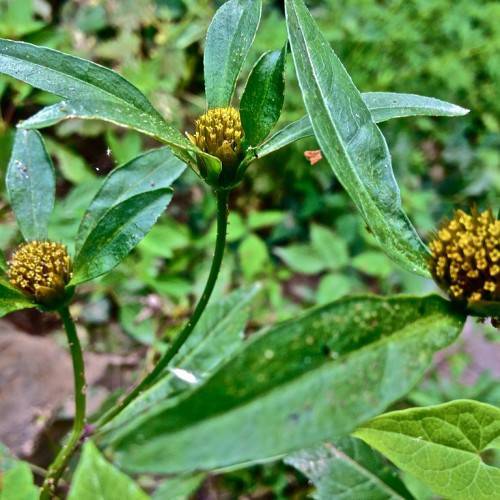
Swamp Beggarticks
Bidens discoidea
Also Known As - Small BeggarticksWatering:
Minimal
Hardiness Zone:
Flowers:
Flowers
Sun:
Partial Shade
Soil:
Clay, Sand, Loam
Leaf:
Yes
Growth Rate:
Low
Drought Tolerant:
Yes
Salt Tolerant:
Yes
Care Level:
Medium
watering
Nodding Beggartick should be watered at least once a week, although more frequent watering is recommended. To ensure proper hydration, you should add 1 to 2 inches of water to the soil. Make sure to water until the water starts to trickle out from the bottom of the container, but take care not to overwater the plant; the soil should remain slightly damp but never soggy.
sunlight
For the Nodding Beggartick plant species, the ideal amount of sunlight it receives is 6 to 8 hours per day, preferably in the morning and early afternoon. The plant is not shade-tolerant and does best with full sun exposure. Being better adapted to hotter climates, it can handle higher temperatures and more sunlight than other plants. However, direct, afternoon sunlight should still be avoided as it can cause the leaves and blossoms to fry. The plant will thrive when it receives its full dose of sunshine, but too much direct sunlight can cause an excessive amount of foliage growth, leggy stems and blooms that won’t hold up to wind.
pruning
Nodding Beggartick should be pruned during the late winter or early spring months when the plant is dormant. Pruning should be done selectively by cutting back excess stems and seed heads to improve the appearance and encourage new growth. If the plant is grown for flowers, it is best to selectively remove spent flower heads and any other dead or damaged stems. Pruning shouldn’t involve more than a quarter of the total stems in any given year.
